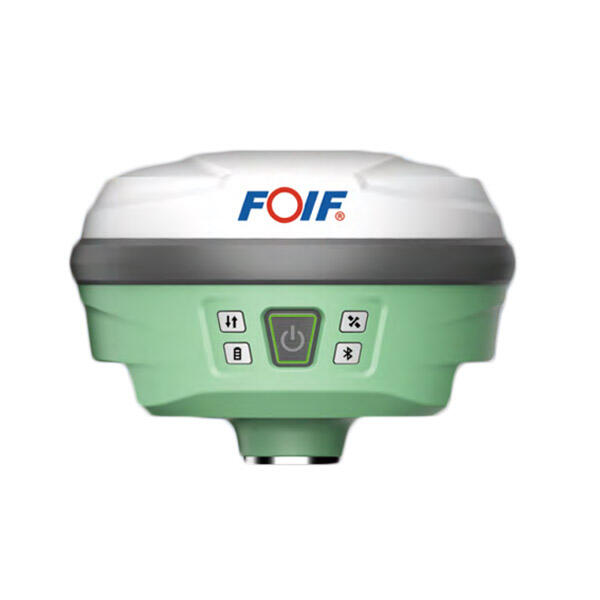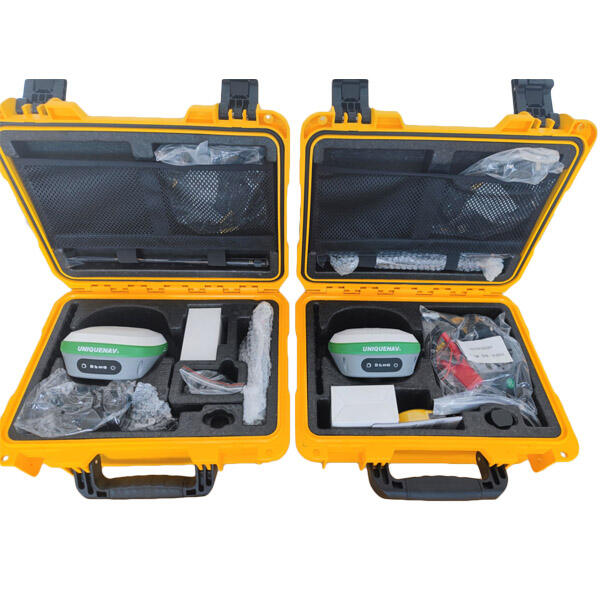antena gnss rtk
The GNSS RTK antenna represents a significant advancement in high-precision positioning technology. This sophisticated device combines Global Navigation Satellite System capabilities with Real-Time Kinematic positioning to deliver centimeter-level accuracy in positioning applications. The antenna works by receiving signals from multiple satellite constellations including GPS, GLONASS, Galileo, and BeiDou, while incorporating real-time corrections to eliminate common sources of positioning errors. Its advanced design typically features a multi-frequency reception capability, enabling it to process signals across various frequency bands for enhanced accuracy. The antenna's robust construction ensures reliable performance in challenging environmental conditions, while its compact form factor allows for easy integration into various surveying and positioning equipment. Modern GNSS RTK antennas often incorporate ground plane technology to minimize multipath interference and maintain signal quality. These devices are equipped with low-noise amplifiers and sophisticated filtering systems to enhance signal reception and processing capabilities. The technology finds extensive applications in precision agriculture, construction surveying, marine navigation, and autonomous vehicle systems, where accurate positioning is crucial for operational success.


